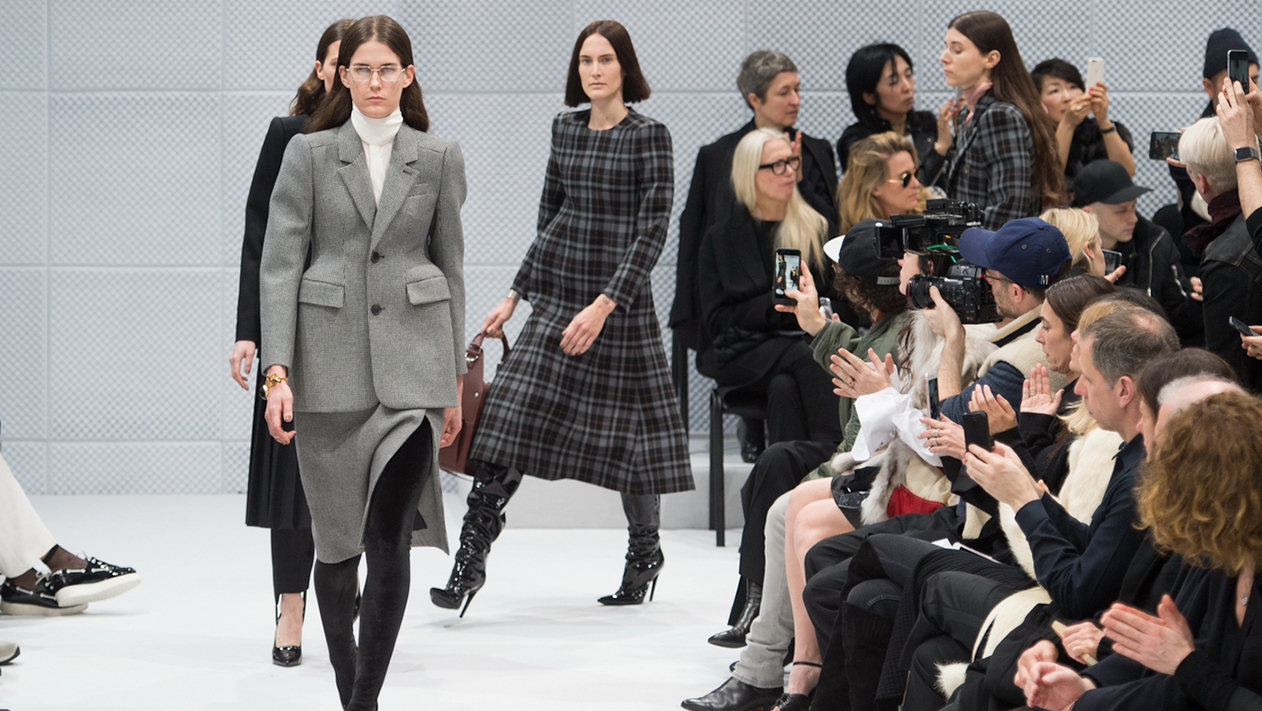Like nuns to the Pope on Christmas Eve at the Basilica, guests virtually climbed on top of each other backstage to get to Demna Gvasalia after his fantastic debut show for Balenciaga. And you couldn’t help but take a step back and breathe in the winds of change. Before the show, those same people congregated around Gucci’s Alessandro Michele — another of Kering’s new-generation designers — as he took to the front row. Until 2015, they were both fashion industry civilians. Less than a year and a half on, their every word is like gold: weighed, registered, and valued by an industry that craves the new above all.
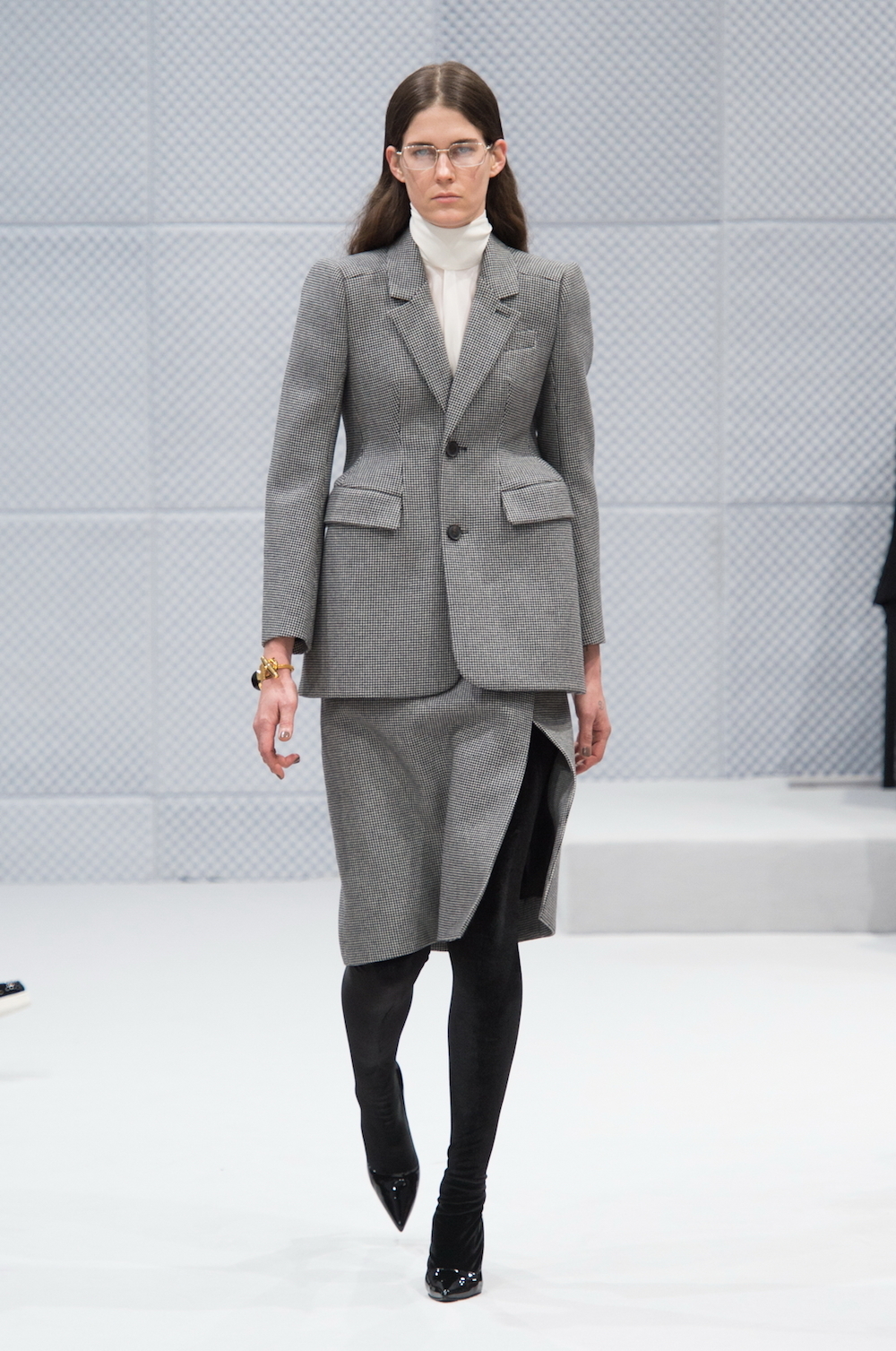
That considered, our love of old fashion houses is paradoxical—way more so than it is for the designers, who inhabit and interpret them. Before we anointed him for backstage worship, Gvasalia already had a great career in fashion and knows his fashion history. (He’s designed for Walter van Beirendonck, Maison Margiela when it was still Martin, and Louis Vuitton under both Marc Jacobs and Nicholas Ghesquière,) Like Michele, Gvasalia freely moves around the annals of fashion because the understanding of the history of clothes and why we wear them is at the very core of his sociological mind. If his first collection for Balenciaga seemed effortless in elements both native and foreign to the legacy of the house, this was why: for the new fashion superstars, it’s all about freedom.

Backstage, someone asked Gvasalia why he didn’t come out to take his bow. “I’m a very complex person and what says ‘hi’ is the work that we do,” he smiled. “I think that’s the important element in fashion.” For Gvasalia — who is currently challenging the cycle of the whole industry at his other brand, Vetements — it’s about breaking with the traditions of the system. Taking a bow embraces a superstar status he doesn’t necessarily want and which doesn’t exactly promote the freedom we’re all calling for in fashion right now, while speaking to journalists backstage is simply part of the job. When you have the self-assurance of Gvasalia, that’s really all you need to do. “Yesterday night when we finished the line-up it was there, and I’m quite happy with it. That’s exactly what I wanted to start with: the new chapter,” he said. It was exit one: a Working Girl skirt suit sculpted to armor-like Cristobal Balenciaga perfection, it was an initial gesture of respect necessary to the foundation of Gvasalia’s future at the brand. Styled on the same model, who closed his Vetements show days before, it was a genius move that sweepingly cemented his understanding and reverence for the old house. What came after that was now totally up to Gvasalia. “We used the same girls to see how they could work differently in two stories. I wanted this transformation from a kind of grungy Jehova’s Witness woman,” he said, referring to the model’s Vetements exit, “into this power look that she wore today.”
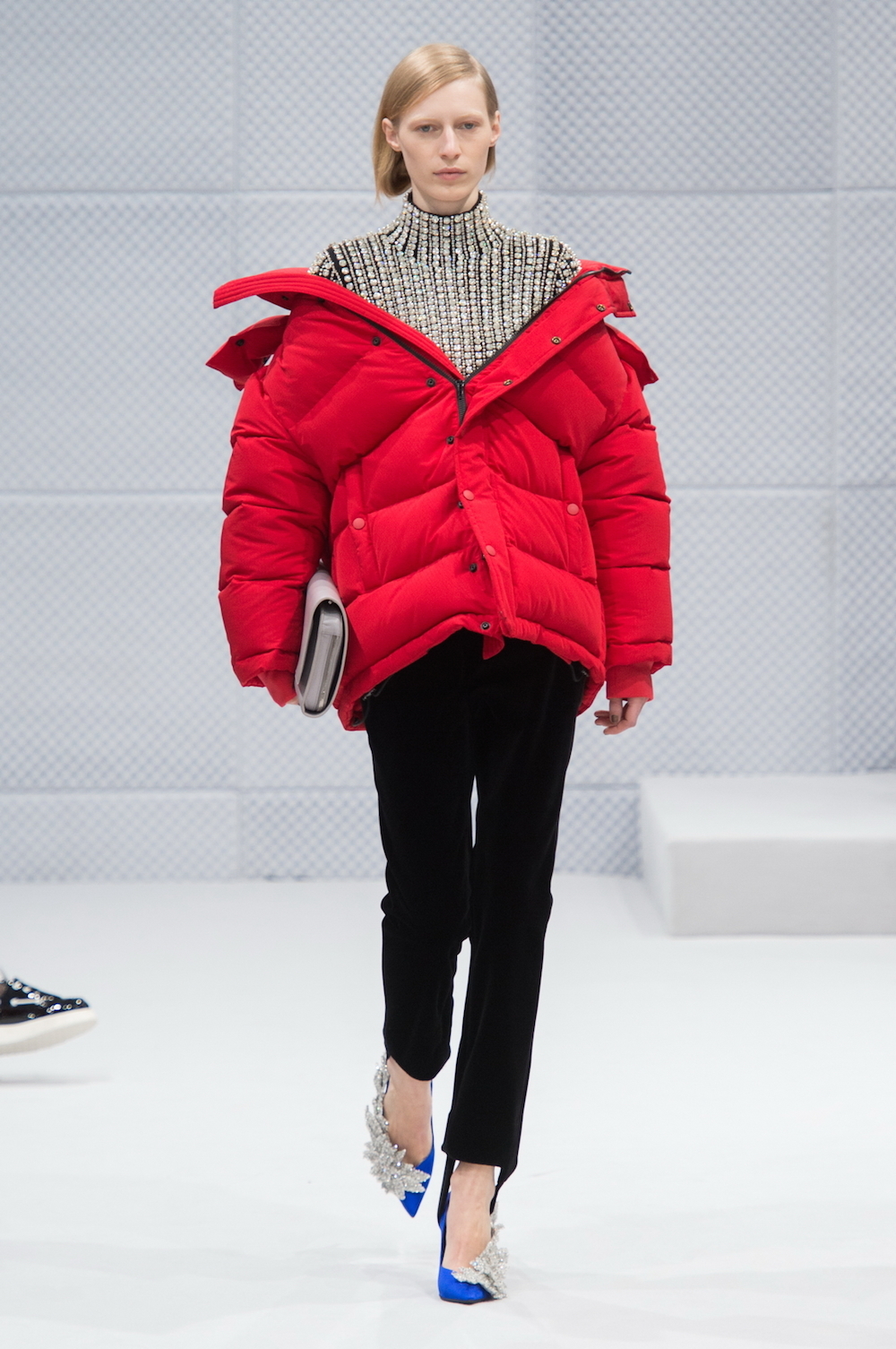
Tackling his “Jekyll and Hyde syndrome” heads on — the multiple personality disorder Gvasalia said he’s been living with since taking on Balenciaga next to Vetements — was a clever and important move. After just a few seasons of Vetements, the industry has a defined idea of Gvasalia’s visual frame and it couldn’t be ignored in a Balenciaga context. “Most Balenciaga was the architecture of those garments, and most me was the choice of garments: the wardrobe approach and the way we tried to construct an attitude into the garments themselves,” he said. There were Gvasalia trademarks in polygamist chic floral peasant dresses, long leather coats with a 70s whiff about them, and a certain fetishized nerd look that must have made Alessandro Michele all warm and fuzzy courtside.
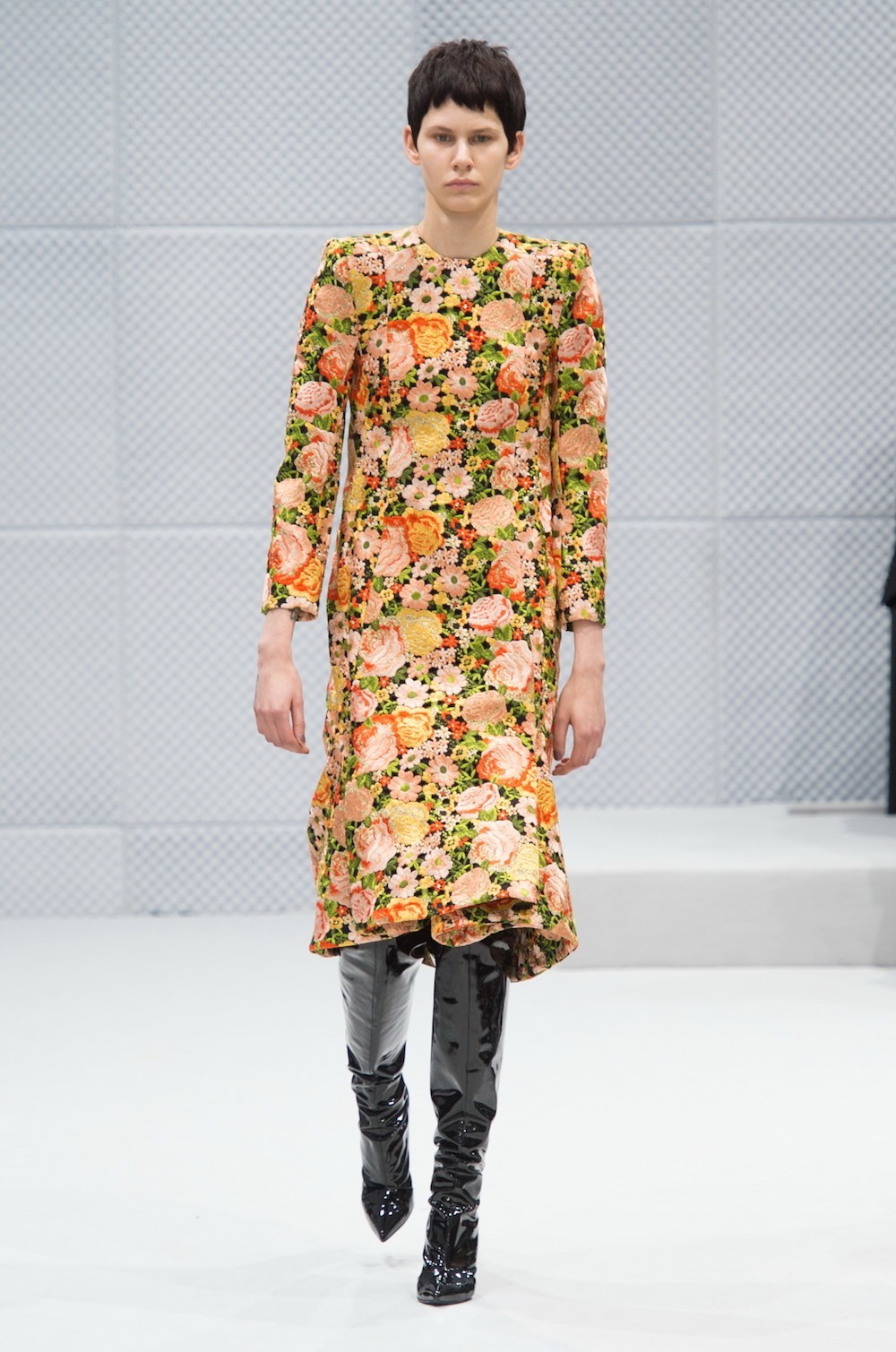
Of course, the Balenciaga moments were there through and through, in the shape-shifting values of outerwear, suits, and dresses. Presented in an all-grey room padded with foam that made the eerie vocal-less soundtrack bounce off the walls like some isolation cell — and a 360-degree camera spinning away to capture it all for the internet generation so vital to Gvasalia’s work — the show was designed to highlight his all-important focus on the individual garment: what people want to wear. To Gvasalia, fashion is not about selling people five coats a season. It’s about selling them the coat. In a heritage luxury house context, therein lies his fashion revolution.

“I looked at all the seasons from Cristobal until now, and what I was looking for was his way of working with women and how he looked at her from 360 degrees,” he explained. “And this method was the key element that I looked for in the archives. Once I visited the archives and I discovered that element, I never went back there again. It’s important to know the past in order to feel the future, but it’s like driving a car: you can’t look in the rear window. You have to look forward.” For his Balenciaga debut, Gvasalia brought his invaluable air of relevance to a house that’s always been about pushing the envelope, and triumphed because he captured the sentiments most important to the present and future of fashion right now: freedom, relatability, and individuality.

They are qualities he shares with Balenciaga-owner Kering’s other golden goose, Michele, and if these gentlemen are the future of fashion we are in very good hands. While we wait for more women designers to join them in their revolution, Phoebe Philo is flying the flag at Céline where she pulls a backstage crowd as big as Gvasalia’s after her shows. She did it again on Sunday afternoon as her word of the day was “possibilities.” “It’s about finding possibilities in the awkwardness, stillness, and touching of the process,” she said of the collection, which riffed on the sense of tactility and cradling we’re already familiar with this season.
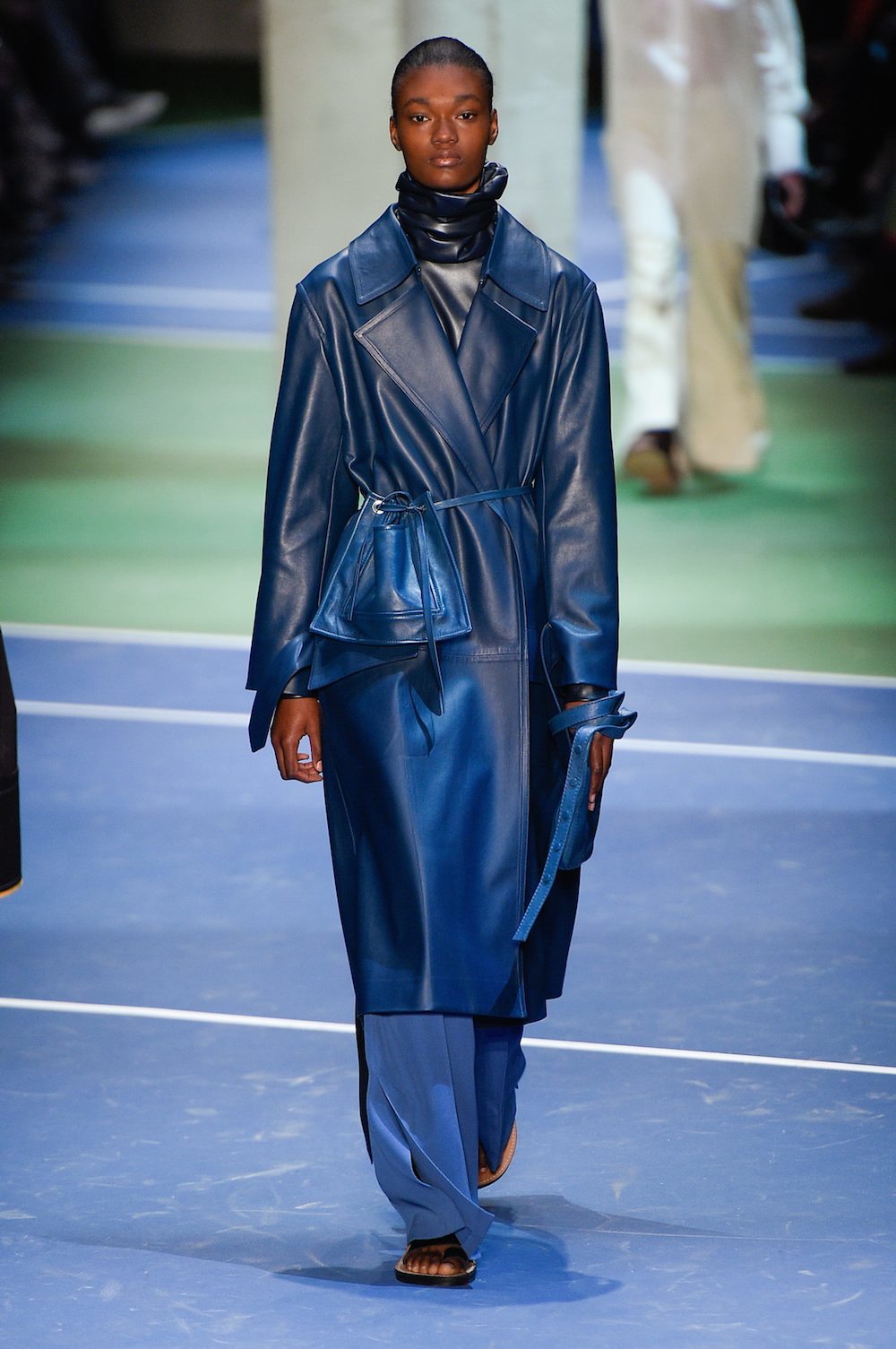
Some garments almost reminded you of sleeping bags, others of blankets. “Every one of those look was touched by a hand: they were twisted, they were moved, they were turned around, they were turned inside out. It was a very tactile process,” Philo said. Compared to Balenciaga, Céline was virtually opposite in its approach. This was about a pairing several garments to create a very specific look, while Gvasalia’s collection spotlighted the individual piece of clothing. Neither approach was more correct—the difference between the two merely signified the poles of the industry right now where very different consumers want very different things.
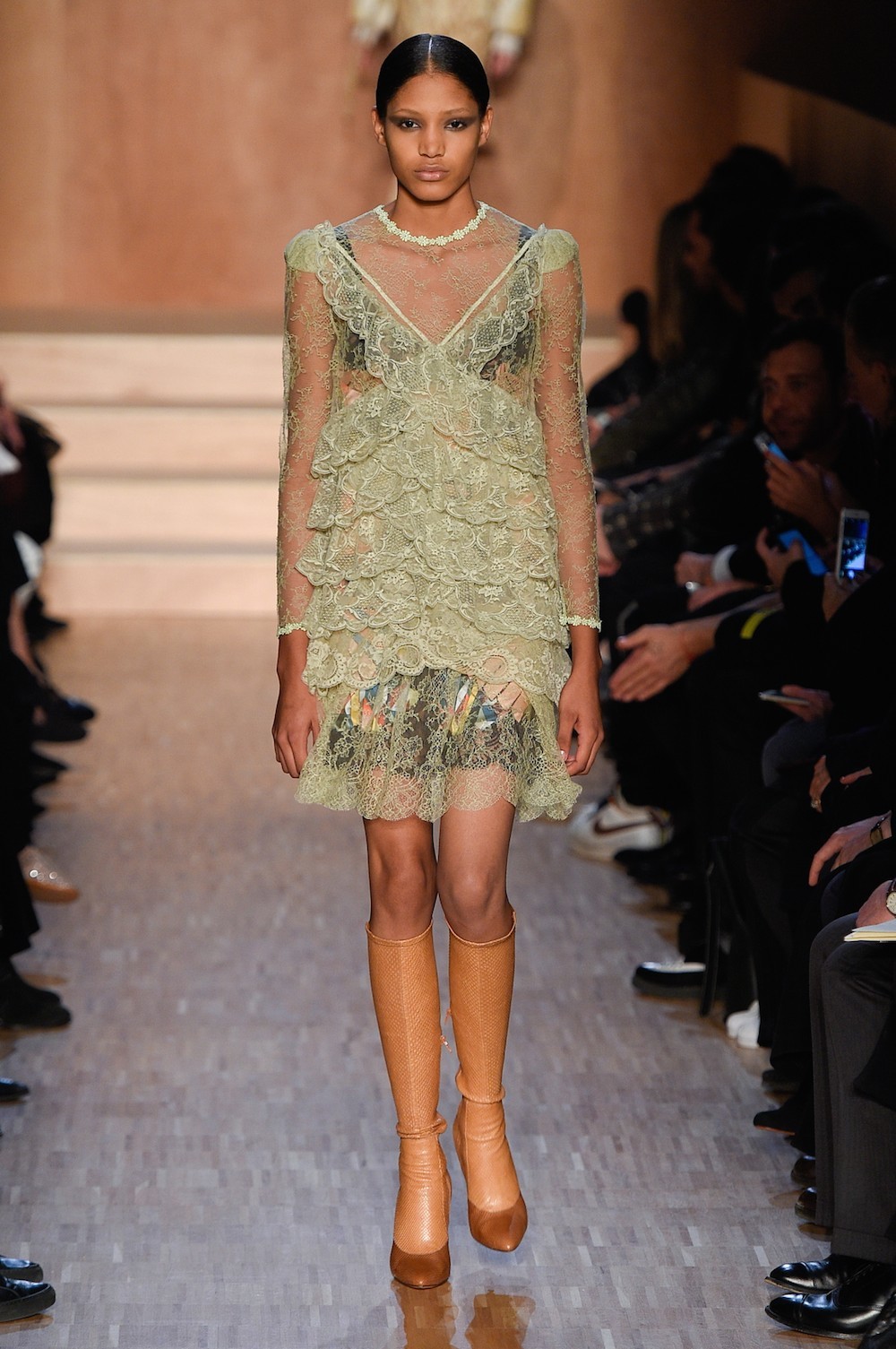
Speaking of different, that evening Riccardo Tisci reminded us there’s a still a thriving market for the global, graphic opulence he’s been practicing for ten years now at Givenchy. For fall/winter 16 he looked to Egypt for inspiration for his prints in a collection that summed up the work, which made him the success he’s been at Givenchy. Set in a maze, there was a mystical quality about it—you never knew who or what was going to turn around the corner next. You couldn’t end the most important Sunday of this season’s shows on a more philosophical note.
Credits
Text Anders Christian Madsen
Photography Mitchell Sams
